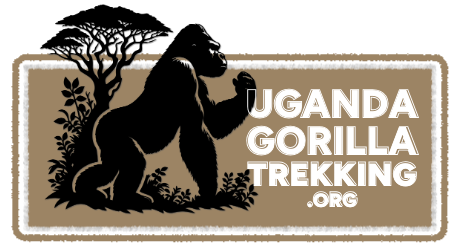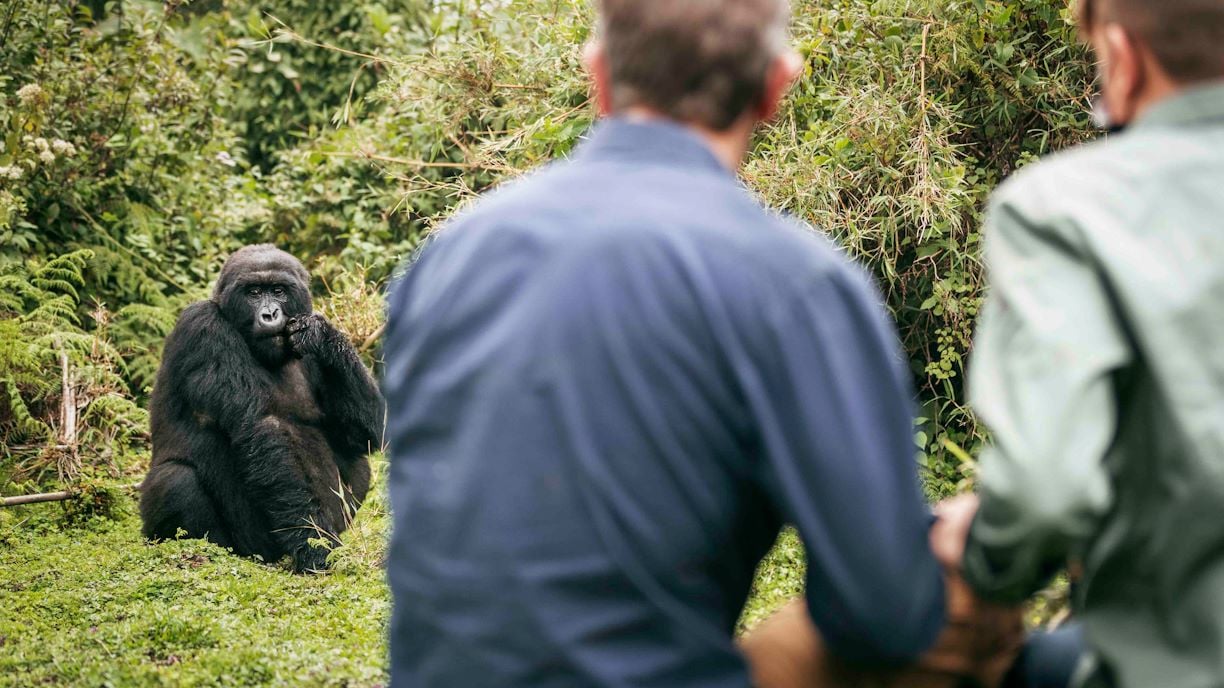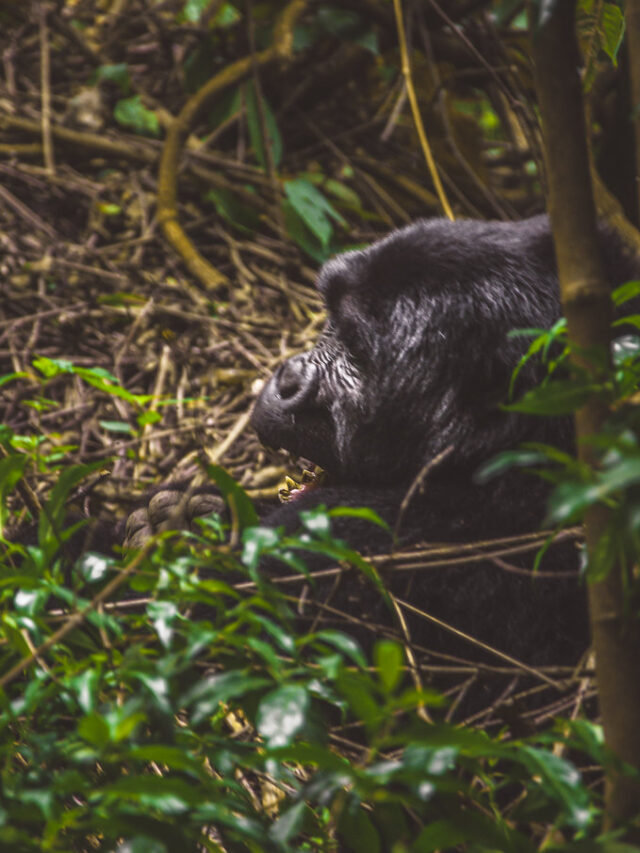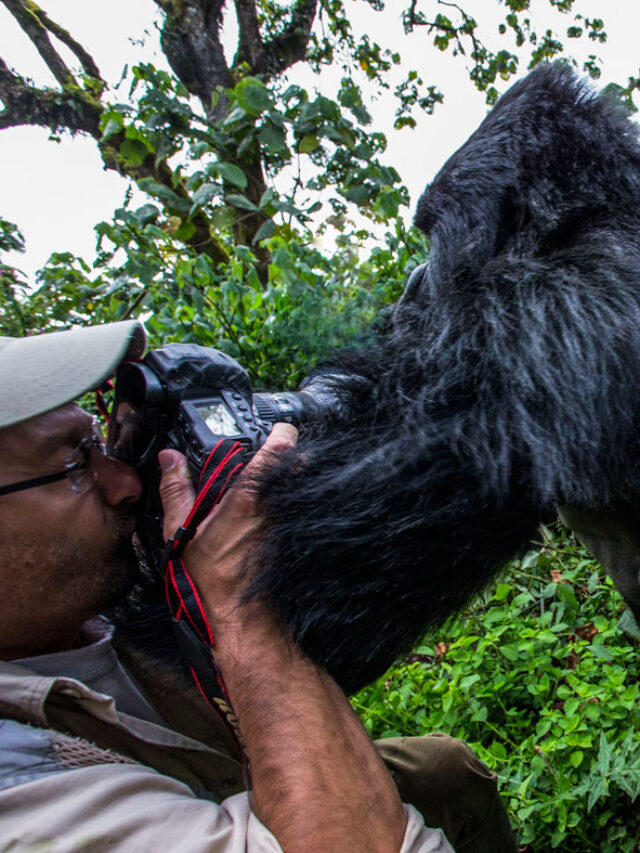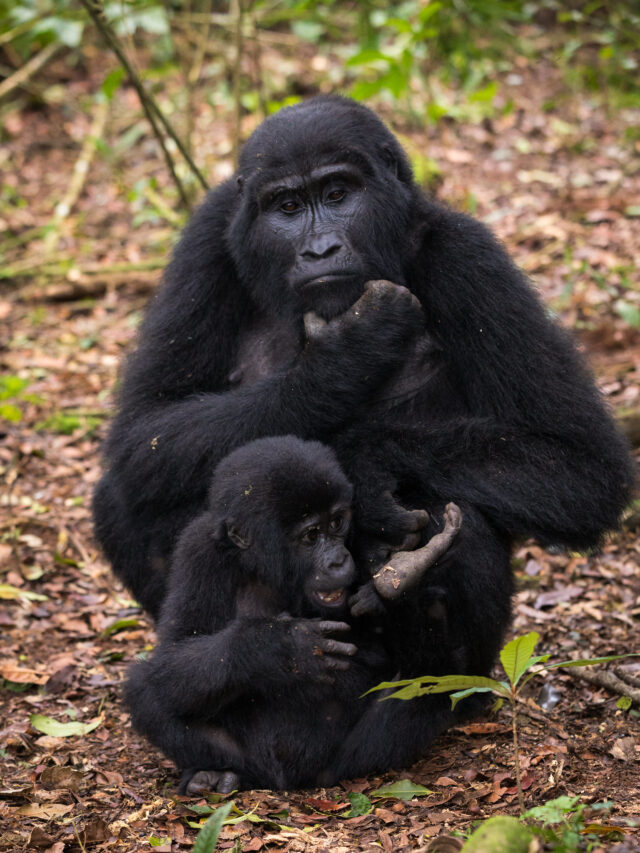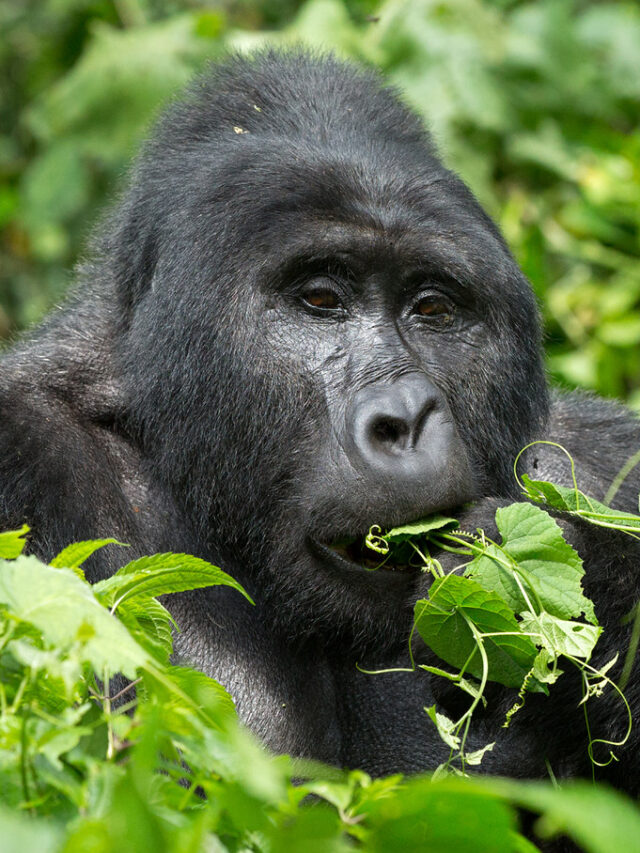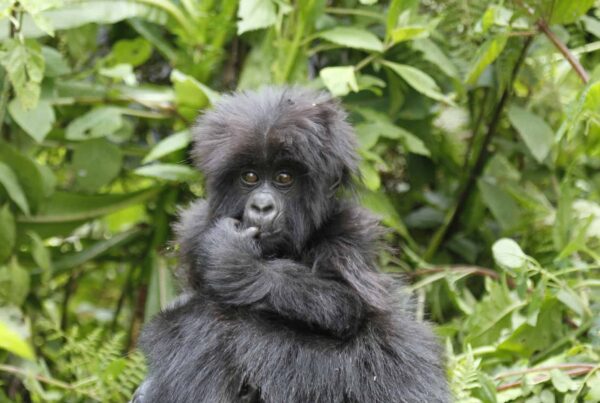Happy World Gorilla Day: Efforts Being Made To Save The Species
World Gorilla Day, marked every year on September 24th, is a moment of celebration and reflection. It is dedicated to honoring one of our closest relatives in the animal kingdom and raising global awareness of the urgent need to protect them. Gorillas, the largest of all primates, are not only magnificent creatures but also essential guardians of their forest ecosystems. They disperse seeds, shape vegetation, and play a critical role in maintaining the ecological balance of Africa’s rainforests and mountain forests. Yet, they remain among the most endangered animals on Earth, with their survival tied closely to human action.
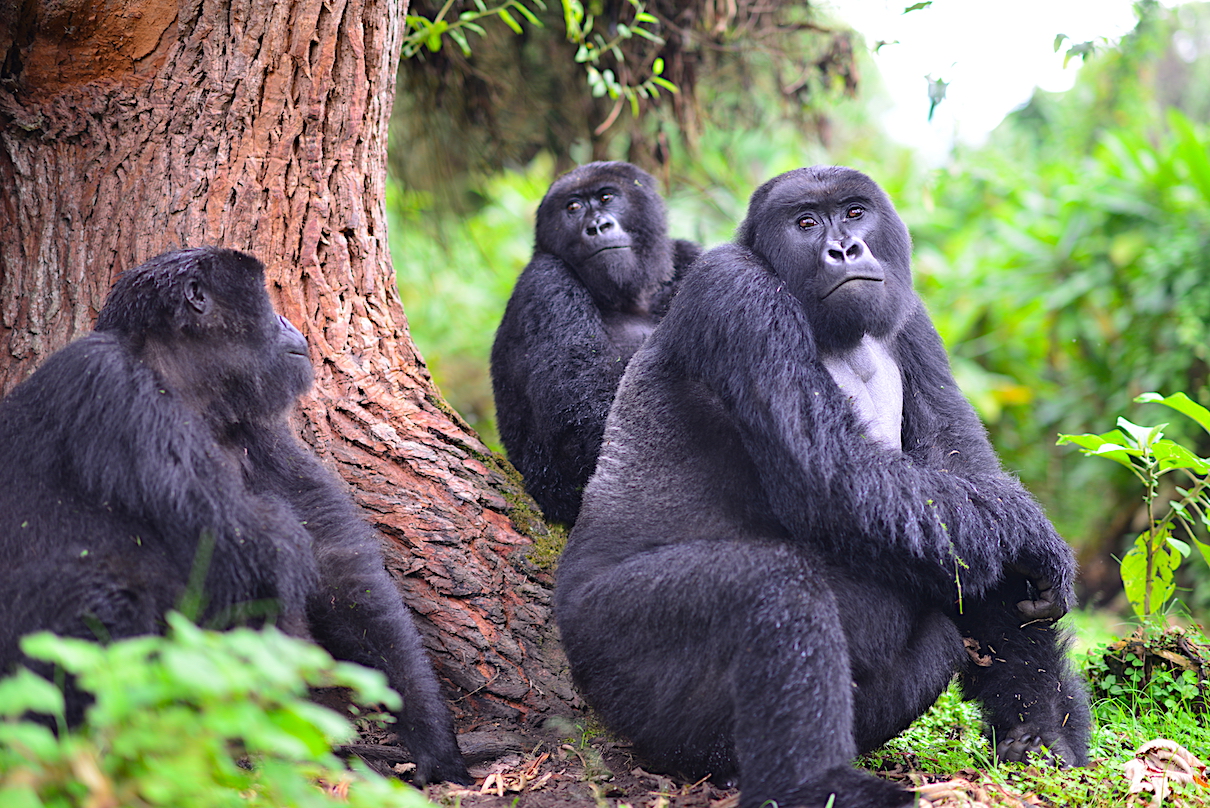
Why Gorillas Need Our Protection
Across Africa, gorillas face multiple threats. Habitat loss caused by farming, mining, and logging reduces the space they need to roam. Poaching—sometimes for bushmeat, sometimes for the illegal wildlife trade—continues to claim lives, even though gorillas are legally protected. Diseases such as respiratory infections and even human-transmitted viruses pose a rising danger, especially as gorillas share more than 98% of their DNA with humans. Climate change adds further stress by altering food availability and shrinking habitable areas. For decades, these pressures pushed gorillas toward extinction. However, the dedicated efforts of conservationists, governments, and local communities have begun to turn the tide.
Countries Leading the Way in Gorilla Conservation
The three countries that host mountain gorillas—Uganda, Rwanda, and the Democratic Republic of Congo (DRC)—have become global leaders in conservation. Their protected areas, including Bwindi Impenetrable National Park and Mgahinga Gorilla National Park in Uganda, Volcanoes National Park in Rwanda, and Virunga National Park in the DRC, serve as strongholds for these great apes. Gorilla populations in these regions, once dangerously low, are now slowly recovering thanks to persistent conservation work. Beyond the mountain gorillas, western and eastern lowland gorillas also rely on protection efforts in countries like Cameroon, Gabon, Nigeria, the Central African Republic, and the Republic of Congo, where their habitats are equally under threat.
Organizations We Must Thank
World Gorilla Day is also a chance to shine a spotlight on the organizations making a difference. In Rwanda, the Dian Fossey Gorilla Fund International has worked tirelessly for more than 50 years, continuing the legacy of the late primatologist Dian Fossey. Their programs in research, anti-poaching, and community engagement have set global benchmarks. In Uganda, the Uganda Wildlife Authority (UWA) leads conservation through park management, law enforcement, and eco-tourism initiatives, supported by partnerships with the International Gorilla Conservation Programme (IGCP). In the DRC, Virunga National Park staff risk their lives daily to protect gorillas from poaching and militia activity, with remarkable courage and sacrifice. Across borders, the Gorilla Doctors provide lifesaving medical interventions for sick and injured gorillas, ensuring individuals and families recover to live full lives in the wild. Other organizations such as the World Wide Fund for Nature (WWF), Wildlife Conservation Society (WCS), and local community-based groups across Central and West Africa play vital roles in safeguarding gorilla populations and their habitats.
How Eco-Tourism Is Making a Difference
One of the most successful conservation models is eco-tourism, particularly gorilla trekking. Every permit purchased to trek gorillas in Uganda, Rwanda, or the DRC directly contributes to funding park operations, anti-poaching patrols, and community development projects. Schools, healthcare centers, clean water systems, and roads have all been built from conservation revenue, giving local communities a real stake in protecting gorillas. This positive link between gorilla survival and human development has created one of the world’s most inspiring stories of coexistence.
Did You Know?
Gorillas are not only powerful but also deeply emotional and intelligent beings. They live in family groups led by a dominant silverback who protects and guides them. Their gentle nature is often misunderstood, yet gorillas are largely peaceful and nurturing. On this World Gorilla Day, here are a few fascinating facts worth knowing:
- Gorillas share 98–99% of their DNA with humans, making them closer to us than almost any other species.
- A full-grown silverback can lift more than ten times its own body weight, yet it spends much of its time calmly feeding and caring for its family.
- Gorillas communicate with more than 25 distinct vocalizations, expressing comfort, alarm, curiosity, and even playfulness.
- Mountain gorillas are the only great apes whose population is currently rising, thanks to intensive conservation and eco-tourism programs.
A Shared Responsibility
Celebrating World Gorilla Day is more than a symbolic gesture. It is a reminder that the survival of gorillas is inextricably linked to human choices. Supporting conservation organizations, visiting gorillas responsibly, spreading awareness, and advocating for forest protection all contribute to this global mission. The recovery of gorilla populations in East Africa shows us that success is possible when we commit ourselves. On this special day, let us thank the countries, communities, rangers, and organizations who dedicate their lives to saving gorillas, and let us pledge to play our part in ensuring that future generations will still stand in awe of these gentle giants in their natural homes.
